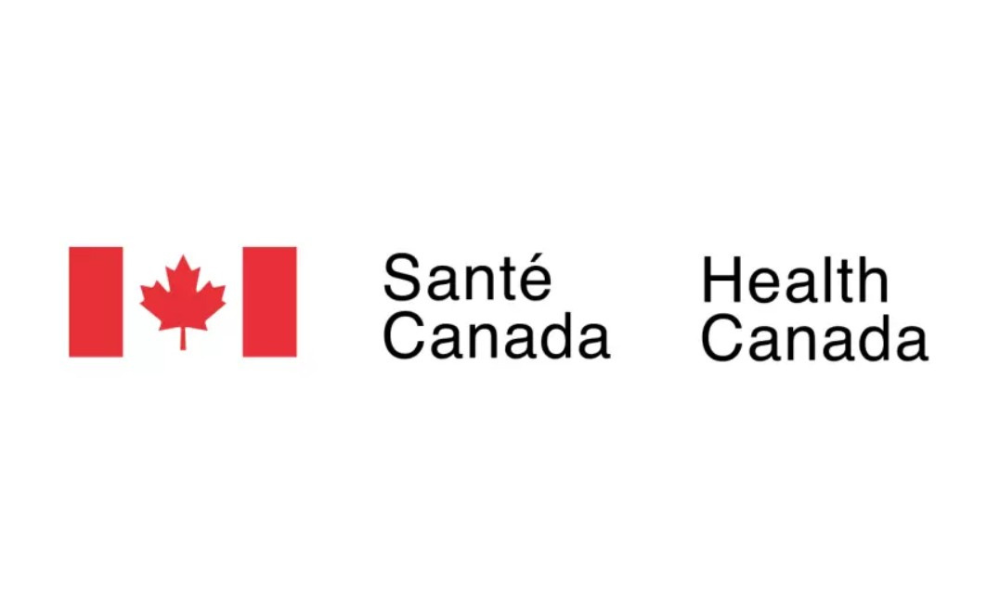A family-run business that is 400 kilometres from Vancouver in a wilderness “over the irrigation canal and at the top of Tinhorn Creek Road” faces some pretty unusual health and safety challenges. According to Sandra Oldfield, CEO and president of Tinhorn Creek Vineyards, the 1,000 hazards on the property include “rattlesnakes and bears, heavy boxes of wine and unruly customers.”
Until seven years ago, the winery’s health and safety efforts focused only on the cellars where wine is made and stored. In 2009, Oldfield hired an Australian vineyard manager and viticulturist who emphasized the company needed a comprehensive health and safety plan to ensure everyone was as safe as the cellar workers. Since her 50-employee business is relatively small, developing such a program meant Oldfield had to give up her evenings for a year to develop the framework herself.
“Once that was done, we implemented the program quickly and now just continually update it to fit our evolving needs,” she says.
WATCH THE EXCLUSIVE VIDEO HERE
Oldfield admits she initially feared administering an OHS program would require an authoritarian approach, but instead has found it stimulates co-operation across the company. For example, near miss and incident reports have risen from zero to an average of 25 per year — a direct result of encouraging employees to analyze dangers and act on them. In addition, the employee retention rate has climbed from 2.5 years to almost six since the OHS program was put into place. And the winery’s costs for injured workers’ claims have seen a yearly decrease of 15 to 30 per cent.
These results show that a small, highly diverse company with limited resources can serve everyone effectively. In the hospitality department (concerts, a tasting room, guest suites and administration offices), the keys to successfully managing some 200 OHS challenges are encouraging and rewarding face-to-face communications. These include weekly toolbox meetings, monthly joint health and safety committee meetings and ongoing conversations among employees who not only work together, but regularly socialize off the job.
A monthly health and safety award (the Tinny) recognizes one person or area for something they did right and includes a prize such as wine or dinner. On the annual health and safety day during NAOSH Week, the winery closes for the day and stages games, quizzes and challenges with prizes, personal protective equipment (PPE) fashion shows and lunch in the vineyard.
Tasting room assistant and Tinny award-winner Zola Doré, who has worked in the hospitality department for two seasons, reports that her intensive orientation included a full day of safety training.
“What hit me the most when I started my job was that health and safety is the first thing discussed at all meetings,” she says.
Cross-training is another strategy that impressed her. Since part of her job is retrieving bottles from the cellar, she has done a stint there.
“The policy of having employees train in different areas ensures we all appreciate the risks in any aspect of the business, because we — and our customers — are constantly moving around the property both indoors and outdoors,” says Doré.
Until seven years ago, the winery’s health and safety efforts focused only on the cellars where wine is made and stored. In 2009, Oldfield hired an Australian vineyard manager and viticulturist who emphasized the company needed a comprehensive health and safety plan to ensure everyone was as safe as the cellar workers. Since her 50-employee business is relatively small, developing such a program meant Oldfield had to give up her evenings for a year to develop the framework herself.
“Once that was done, we implemented the program quickly and now just continually update it to fit our evolving needs,” she says.
WATCH THE EXCLUSIVE VIDEO HERE
Oldfield admits she initially feared administering an OHS program would require an authoritarian approach, but instead has found it stimulates co-operation across the company. For example, near miss and incident reports have risen from zero to an average of 25 per year — a direct result of encouraging employees to analyze dangers and act on them. In addition, the employee retention rate has climbed from 2.5 years to almost six since the OHS program was put into place. And the winery’s costs for injured workers’ claims have seen a yearly decrease of 15 to 30 per cent.
These results show that a small, highly diverse company with limited resources can serve everyone effectively. In the hospitality department (concerts, a tasting room, guest suites and administration offices), the keys to successfully managing some 200 OHS challenges are encouraging and rewarding face-to-face communications. These include weekly toolbox meetings, monthly joint health and safety committee meetings and ongoing conversations among employees who not only work together, but regularly socialize off the job.
A monthly health and safety award (the Tinny) recognizes one person or area for something they did right and includes a prize such as wine or dinner. On the annual health and safety day during NAOSH Week, the winery closes for the day and stages games, quizzes and challenges with prizes, personal protective equipment (PPE) fashion shows and lunch in the vineyard.
Tasting room assistant and Tinny award-winner Zola Doré, who has worked in the hospitality department for two seasons, reports that her intensive orientation included a full day of safety training.
“What hit me the most when I started my job was that health and safety is the first thing discussed at all meetings,” she says.
Cross-training is another strategy that impressed her. Since part of her job is retrieving bottles from the cellar, she has done a stint there.
“The policy of having employees train in different areas ensures we all appreciate the risks in any aspect of the business, because we — and our customers — are constantly moving around the property both indoors and outdoors,” says Doré.





